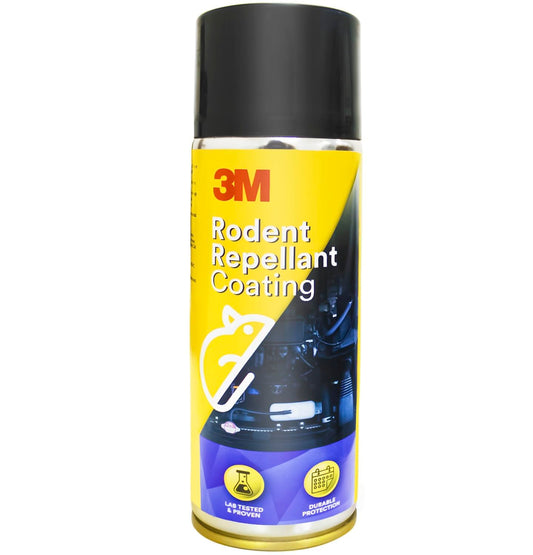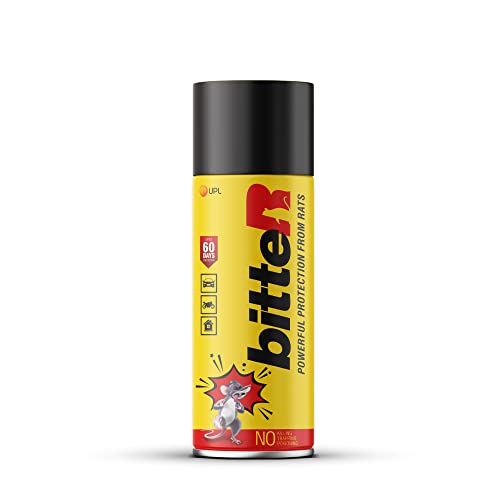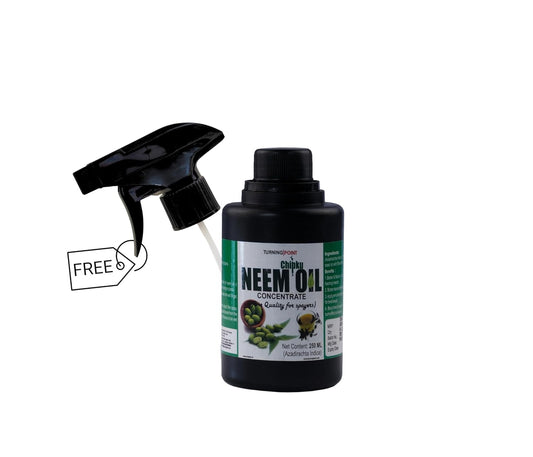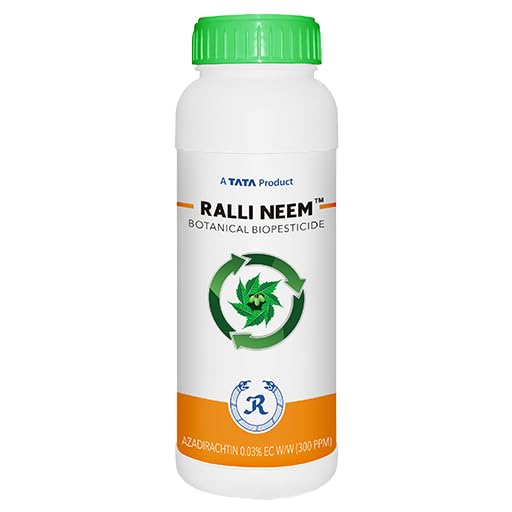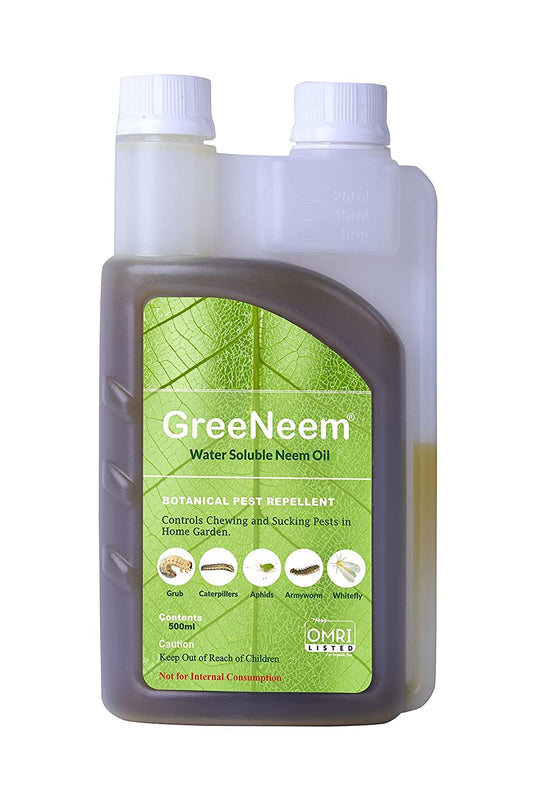
When will white grubs (Humni) cause damage in soybeans? How to deal with it?
Share
White gurb has always been associated with sugarcane. It causes a lot of damage to sugarcane. Sugar mills often manage this infestation through social methods by running campaigns. You must have experienced this.
Since the last decade, this insect has been affecting other crops as well. There are reports of damage to crops like soybean, corn, peanuts, potatoes and onions
The female white grub lays eggs in the soil without seeing the crops. So the thing is that its attack can happen in every crop. Many times it also happens that despite the presence of white grub in the soil, its effect is not visible on the crop. In times of abundance, when there is no shortage of water, the white grub goes to the lower part of the soil and eats the roots of the crop. This is the far part of the root. It does not have as much effect on the crop .

When there is draught, there is a lack of moisture in the soil, white grub scroll to the upper part of the soil and feed on the roots of the crop near stalk. Due to this, the crop has to face extreme shortage of water. The crop starts turning yellow. Even irrigation is of no use due to damage of main root portion. Plant becomes loose and easily gets uprooted by hand pulling.
Farmers already struggling with water shortage also have to grapple with white grub.
If your soybean crop is showing yellowness even after irrigation and urea dosing, then check roots and surrounding soil of some plants. If you see white grubs, you will have to treat it immediately.
Katyayani's insecticide which has two active ingredients, fipronil 40% and imidacloprid 40%, shows good results. Its dose per acre is 200 grams which can be dissolved in 500 liters of water and given through drip or running water. Its effect is visible immediately. This is the best option to save the crop.
The above solution is an emergency and hence the cost will be high. The cost for one acre can be around Rs 1800 to 2600.

There is a way to avoid this emergency. This solution is organic and cheap too.
Humanasur is a biological pesticide. It contains predator fungus like Metarhizium, Paecilomyces, Beauveria. This insectivorous fungus causes a disease like muscardine to the white grubs. Due to this infectious disease, apart from the white grub, termites, nematodes, eggs of other insects and nymphs present in the soil get sick and die. Apart from fungicide, it can be used with all chemical pesticides. The dose per acre is 3 kg which can be given by mixing it with rotten cow dung manure. It can also be released through drip. Its cost per acre is only Rs. 750.
Life cycle of white grub
By understanding the life cycle of whitefly, you can easily control it.

In April-May, white caterpillars come out of the pupa and start flying. They release a pheromone which is a signal for gathering of members of community. On receiving this signal, they camp on nearby trees like neem or mango. Here they eat the leaves of the tree and mate. After this, they lay eggs in the nearby fields. In a few days, larvae come out of the eggs. These larvae enter the soil and eat the roots of newly sown crop. If there is moisture in the soil, they enter the lower layer of the soil and eat the far away roots of the plants. During this time, they shed their skin four times and grow bigger. After March, they make a pupa and sleep in it. In April-May, they again start this cycle.
Its life cycle shows that...
- Beetle stage can be attracted using light traps and drowned in poinsed water blow the light.
- Bucket traps and lures are available on Amazon . Beetles can be killed using these as well.
- The larvae that settle in the upper layer of the soil can be killed with the Katyayani pesticide . It is advisable to use it when symptoms appear in the crop.
- By using predator fungi like Humanasour in the soil, the larvae and grubs hidden in the upper and lower layers can be killed .
Which options have you used? And what was your experience, you can write these things in the comment. Thank you!
Please share this article on social media.








